fibrosarcoma in cats leg
Lethargy or lack of energy Weight loss and loss of appetite. Fibrosarcomas are common in older cats.

Figure 2 From Injection Site Associated Sarcoma In The Cat Semantic Scholar
In medium- to-longhaired cats the lesion may progress even further until it is large enough to be noticed when petting.

. This may be firm poorly circumscribed irregular and measure between 1-15cm. Fibrosarcoma is normally a tumor that originates in the soft tissue a result of abnormal division of fibroblast cells the cells that are most prevalent in the connective tissue of the body. Injection Site Sarcoma Cancer in Cats - Veterinary Partner - VIN Fibrosarcomas have been recognized for a very long time as difficult deeply rooted tumors of cats.
It usually begins in the fibrous tissue that surrounds the ends of bones in the arms or legs before spreading to other soft tissue in the body. I cannot review the product you mention because I am not familiar with it. They progress fairly slowly in most cases but it is best to remove them as soon as possible due to the difficulty in getting enough tissue around the margins as tumors grow in size.
Get NHVs most useful pet cancer supplements in one holistic pack. In my opinion your cats leg should have been amputated when the first tumor appeared. Treatment for FSA is usually surgical at least initially.
Initially the tumor grows very slowly and showing a small nodule under the skin. Fibrosarcoma originate in the cells of fibrous tissues called fibroblasts then spread aggressively into other bones such as the femur tibia and mandible. Fibrosarcoma have a characteristic pathologic finding of spindled fibroblasts or myofibroblasts which are immature not fully functioning forms of normal adult fibroblasts.
The area in between the shoulder blades is most often implicated making up for about 40 to 50 of these tutors. The post surgical period can be painful but even with very aggressive surgery cats usually do surprisingly well. Call 530-752-1393 to schedule an appointment with the Oncology Service.
Other tumor types have been described osteosarcoma chondrosarcoma malignant fibrous histiocytoma. Cats and dogs can also contract fibrosarcoma. However I strongly believe there is no cure for your cat other than amputation.
The use of vaccines is known to cause fibrosarcoma vaccine induced sarcoma. Sarcomas affecting various body tissues have always been seen in cats but since the early 1990s the occurrence of sarcomas at sites commonly used for vaccination such as the shoulder lumbar region lower back flank side of body and upper hind leg led researchers to see if there was a direct association with vaccination. Fibrosarcoma first appears on your kitty as a firm mass.
It may achieve substantial size before it is first noticed because it begins in or under the skin. The cause of fibrosarcoma is largely unknown. It is a very rare tumor in comparison to osteosarcoma.
There are three causes of fibrosarcoma. While there are no treatments that are likely to solve the problem a combination of surgery and radiation therapy can give the best chance of survival. Ad Help your pet cope with symptoms like nausea loss of appetite and energy.
The tumors may be ulcerated and vulnerable to any infectious agents. After testing CT scans and consult with oncology specialist we decided on a tumor removal as the initial sample biopsy showed low grade cancer cells. What to Watch For.
Symptoms can vary depending on the location of the tumour but may include. What has only recently been recognized is the potential for vaccination to lead to the formation of these tumors. Optimum treatment usually involves a combination of surgery with radiation therapy andor chemotherapy although the prognosis is variable depending on how aggressive malignant the tumour is.
Fibrosarcoma is very aggressive very fast-growing and deadly. The cause has not been established although cancers more common in older cats. This is usually a single irregularly shaped mass found on the trunk legs and ears.
These lumps can appear anywhere on the cats body. Fibrosarcomas generally do not appear to be painful. Tumour to affect cats.
Fibrosarcomas are common in dogs and are a type of soft tissue sarcoma see handout Fibrosarcoma in Dogs for more information on fibrosarcomas. Soft tissue sarcomas make up about 15 of cancers of the skin affecting dogs and about 7 of those affecting cats. They are most commonly associated with the rabies vaccine and the vaccine for feline leukemia virus.
Feline fibrosarcoma is a deadly cancer that affects cats more than any other animal. Toggle navigation Home About. Vaccine associated fibrosarcomas are tumors that arise at sites where cats have been vaccinated.
In some rare cases a fibrosarcoma tumor originates in the bone weakening the structure of the bone and possibly. Lumps may or may not. That is how horrible fibrosarcoma is in cats.
Localised soft tissue swelling. The most common sign in a cat with a fibrosarcoma is a progressively enlarging firm swelling under the skin but this can affect almost any site. They seldom spread to other locations in the body but tend to invade surrounding tissues and return after surgical removal.
Most commonly it effects the bones of the spine pelvis and skull but can less commonly effect the legs. This may seem a little extreme but is better for the cat to lose its leg than its life. Fibrosarcoma of the Bone in Cats.
Cats with oral fibrosarcomas may have difficulty eating and swallowing bad breath and drool. The nodule gradually turned into a tumor and it may take few months to several years. It is seen very rarely in cats but can occur as a local extension of fibrosarcoma of soft tissues which is more common.
A fibrosarcoma is a malignant tumor that is found on both soft tissue such as joints or muscle tendons and on bones. Fibrosarcoma is the abnormal growth of fibroblast cells of connective tissue. They are most common on the lower legs or lower neck but may also occur at vaccination sites.
Malignant fibrous histiocytomas are most frequently found in the skin and soft tissues of aged cats. The head legs in the mouth and anywhere else on its body. The most common cell type affected is the fibroblast giving the tumor the name fibrosarcoma.
Our 14 yo spayed indoor only cat Yum Yum was diagnosed with a fibrosarcoma on her right front leg a few weeks ago. Symptoms of Fibrosarcoma in Cats The cats owner is most likely to notice lumps just underneath the surface of the cats skin. The tumor types behave similarly and are therefore treated the same way.
Unfortunately the full post-op biopsy has now come back as high grade. An injection-site sarcoma is a tumor of the connective tissues in the cat. Eventually as the cancer progresses cats with fibrosarcomas will develop these symptoms.

Figure Some Vaccines Have Been Linked With An Increased Risk Of Fibrosarcoma In Cats Msd Veterinary Manual

69 Feline Injection Site Sarcomas Dr Pam S Vet Blog

Cat Injection Site Sarcoma The Risks Treatment Prognosis Of This Deadly Tumor Our Pet S Health

Feline Injection Site Sarcomas The Veterinary Nurse
Feline Fibrosarcoma In The Cheek A Surgical Story Dr Phil Zeltzman S Blog

Connective Tissue Tumors In Animals Integumentary System Msd Veterinary Manual
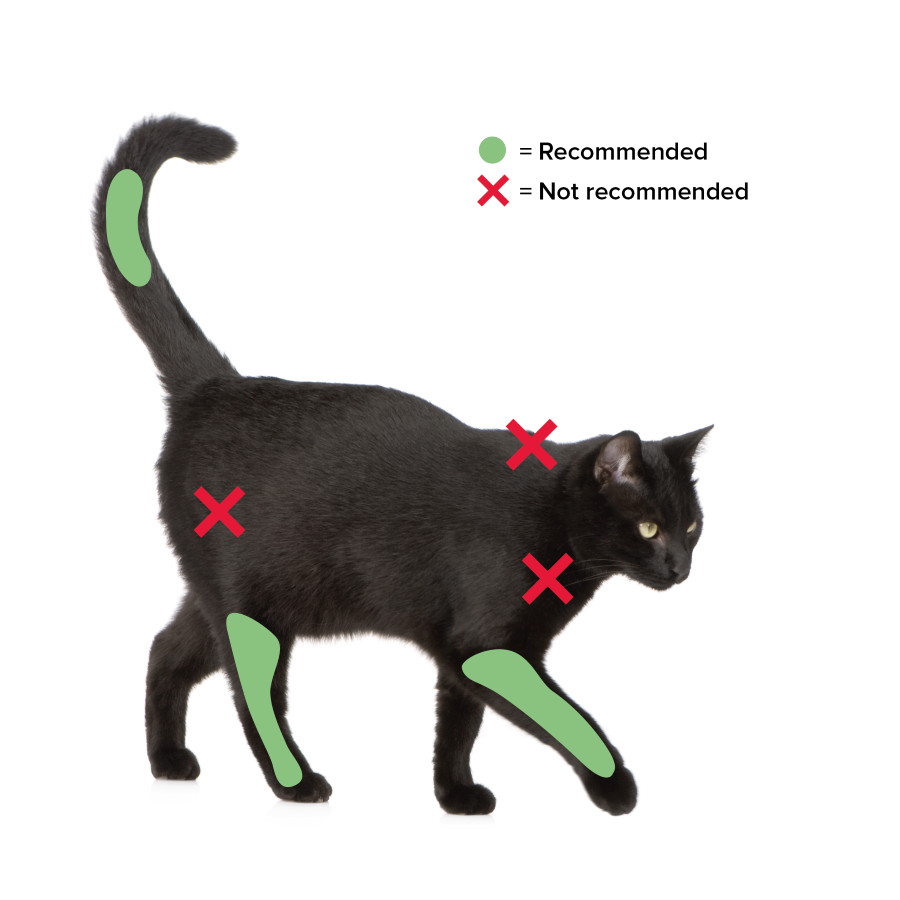
Update On Feline Injection Site Sarcomas

Image Fibrosarcoma Cat Merck Veterinary Manual
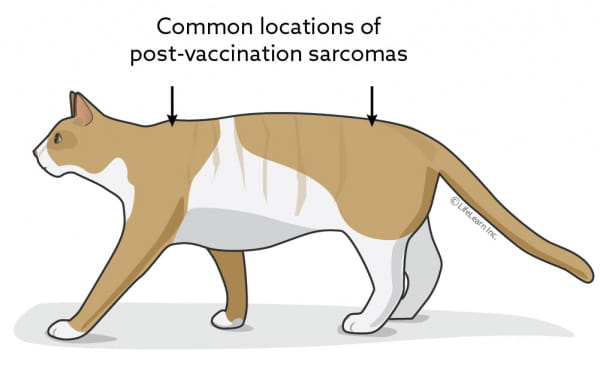
Post Vaccination Sarcoma In Cats Vca Animal Hospitals
Feline Fibrosarcoma In The Cheek A Surgical Story Dr Phil Zeltzman S Blog
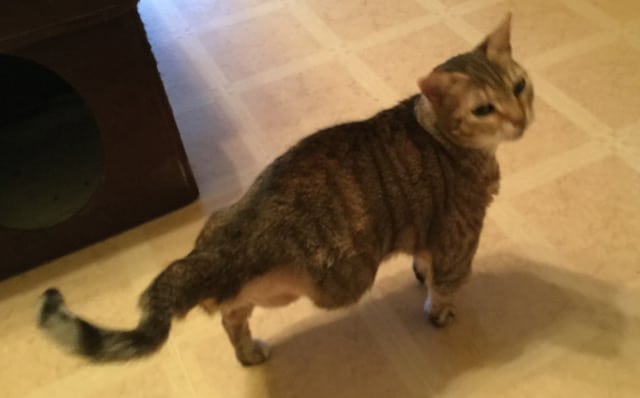
Tripawd Tuesday Lawri Beats The Feline Fibrosarcoma Odds
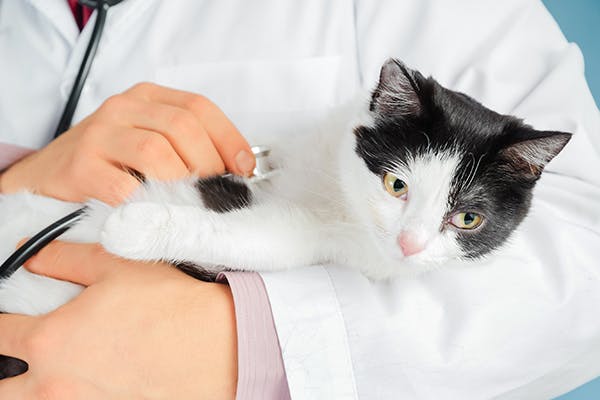
Fibrosarcoma In Cats Symptoms Causes Diagnosis Treatment Recovery Management Cost

Fibrosarcoma In Cats And Dogs Petcarerx

Feline Injection Site Sarcomas The Veterinary Nurse

Feline Injection Site Sarcoma Today S Veterinary Practice
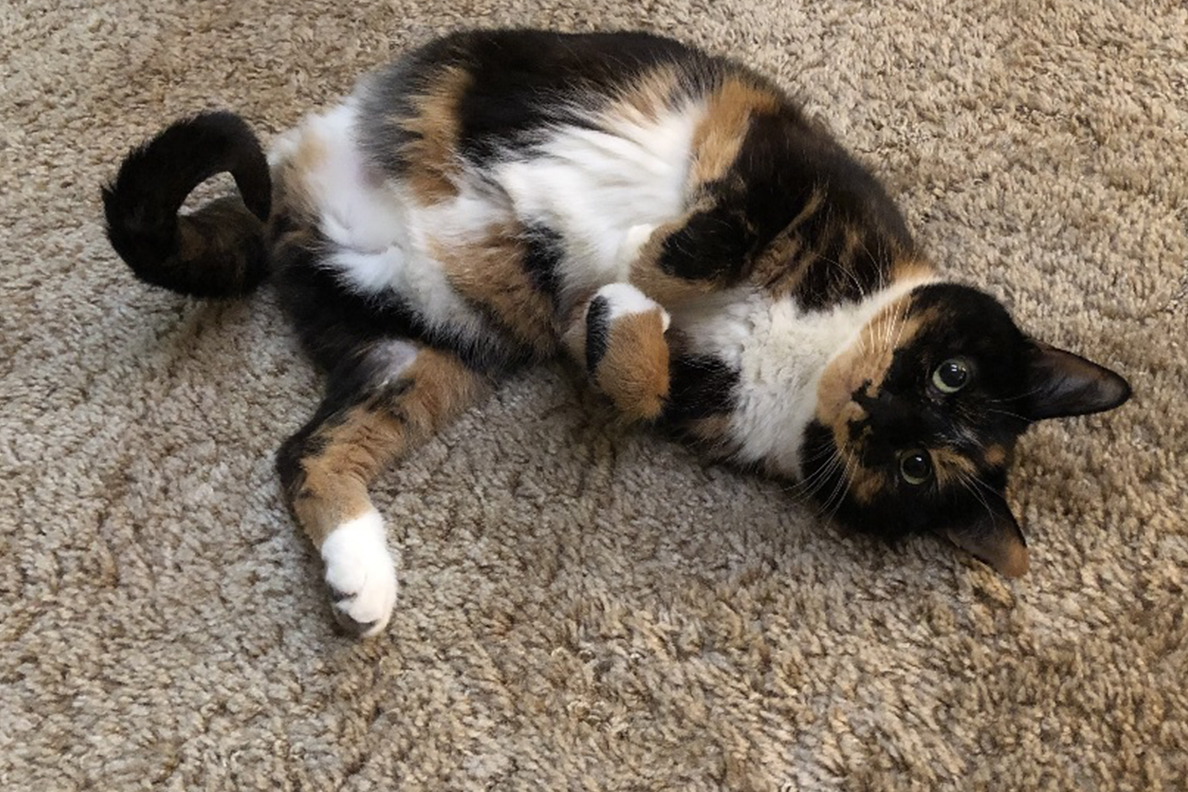
There Was Hope Bringing Her To Wsu Wsu Insider
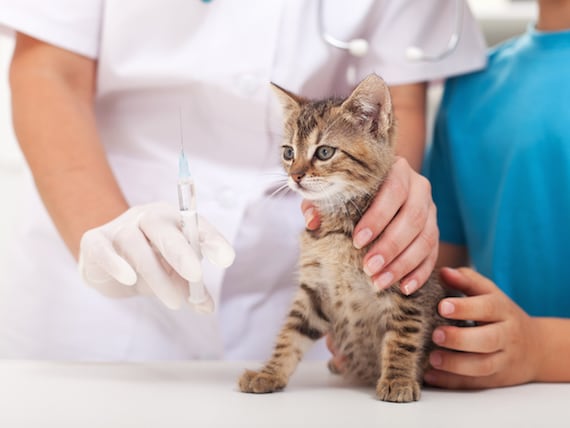
The Frustrating Vaccine Related Fibrosarcoma Injection Site Sarcomas Iss In Cats Petmd